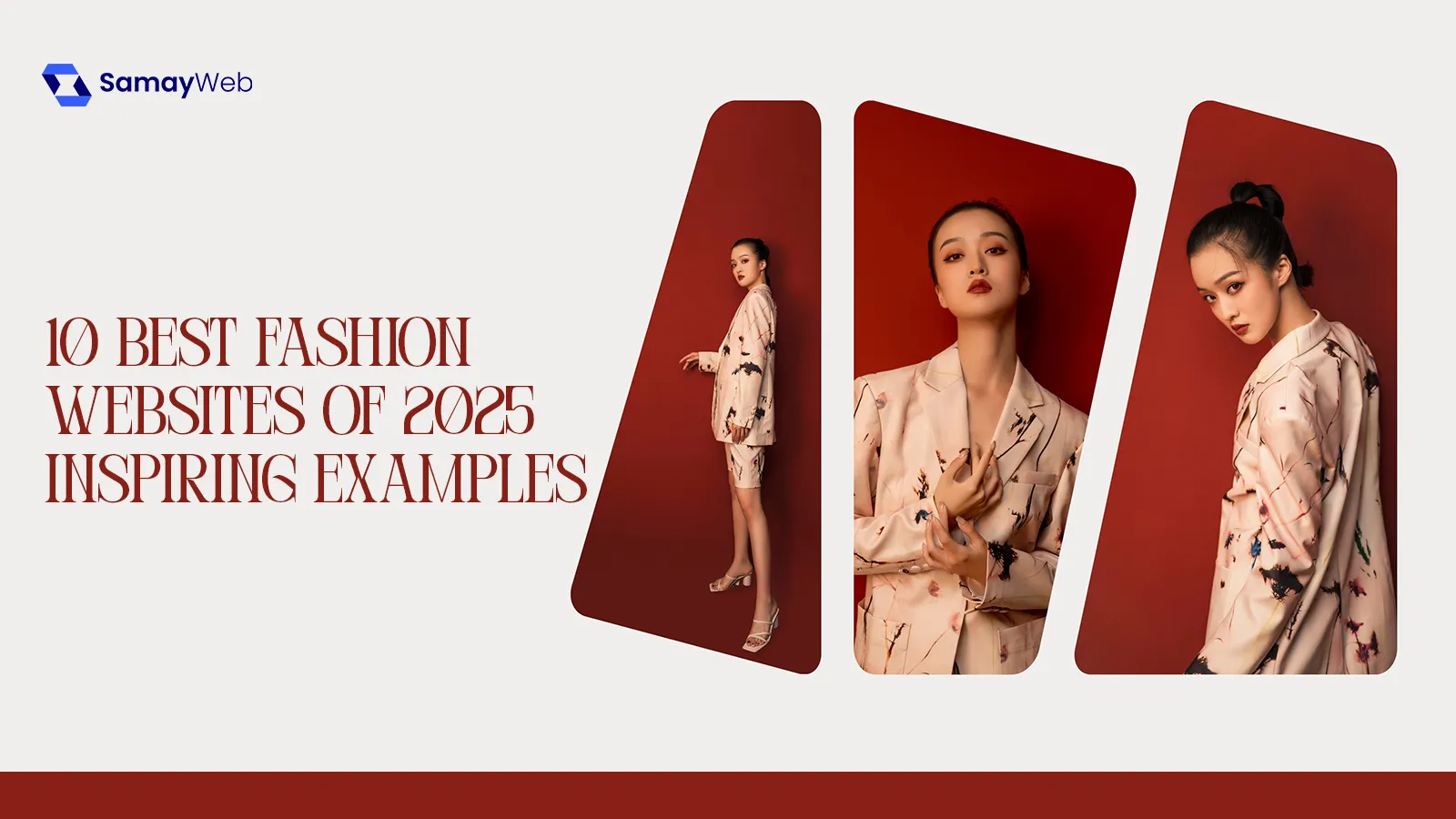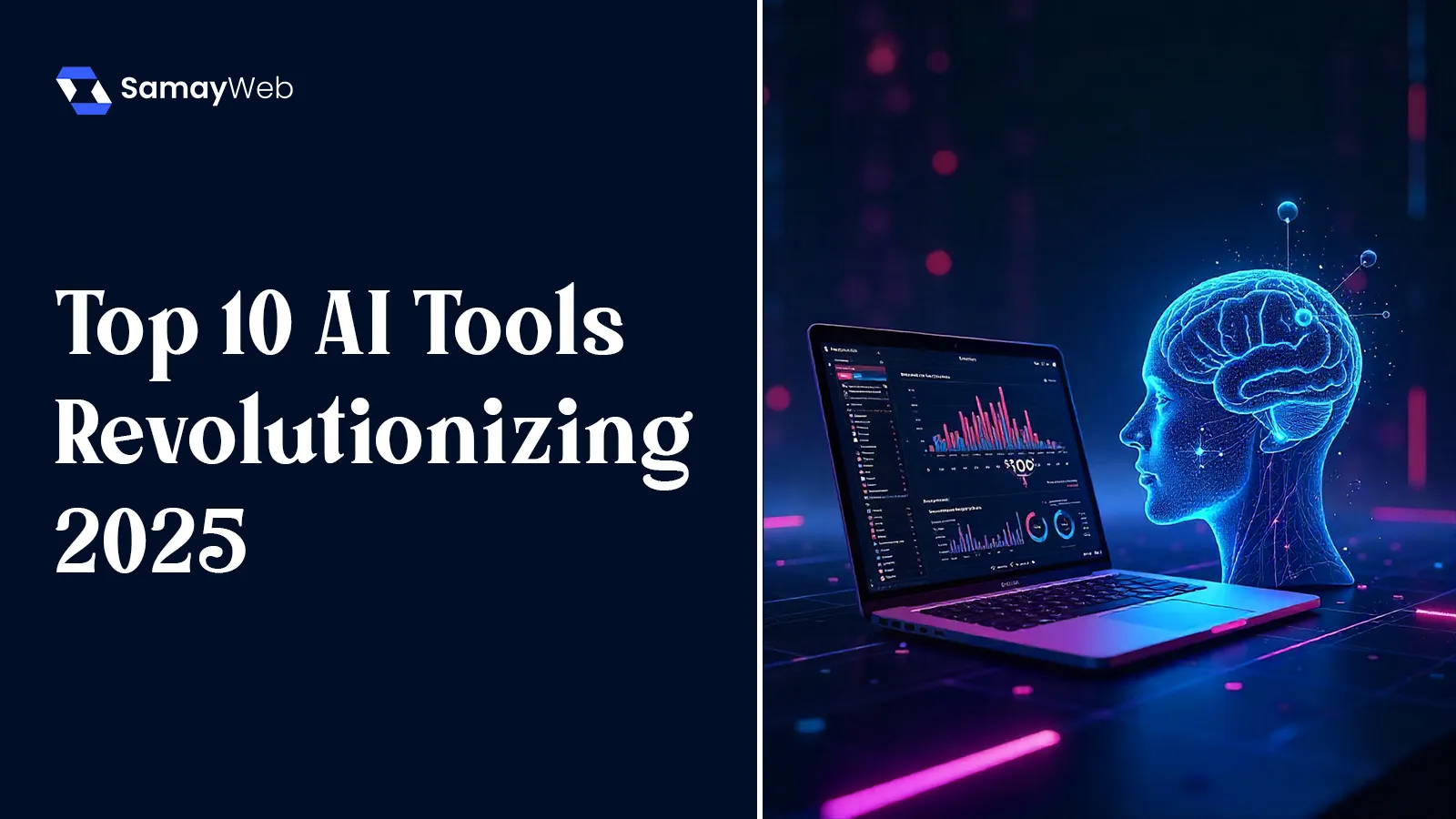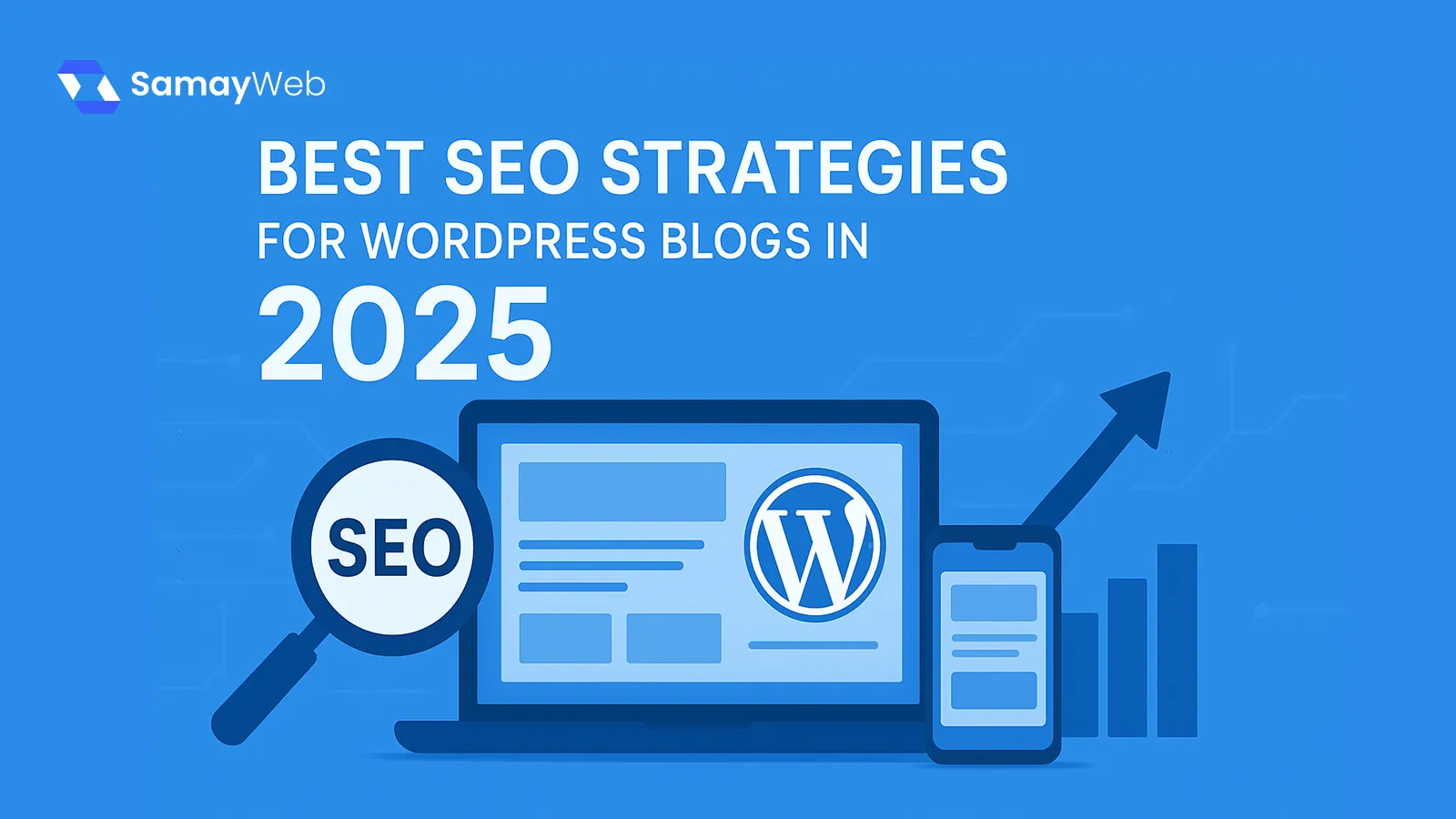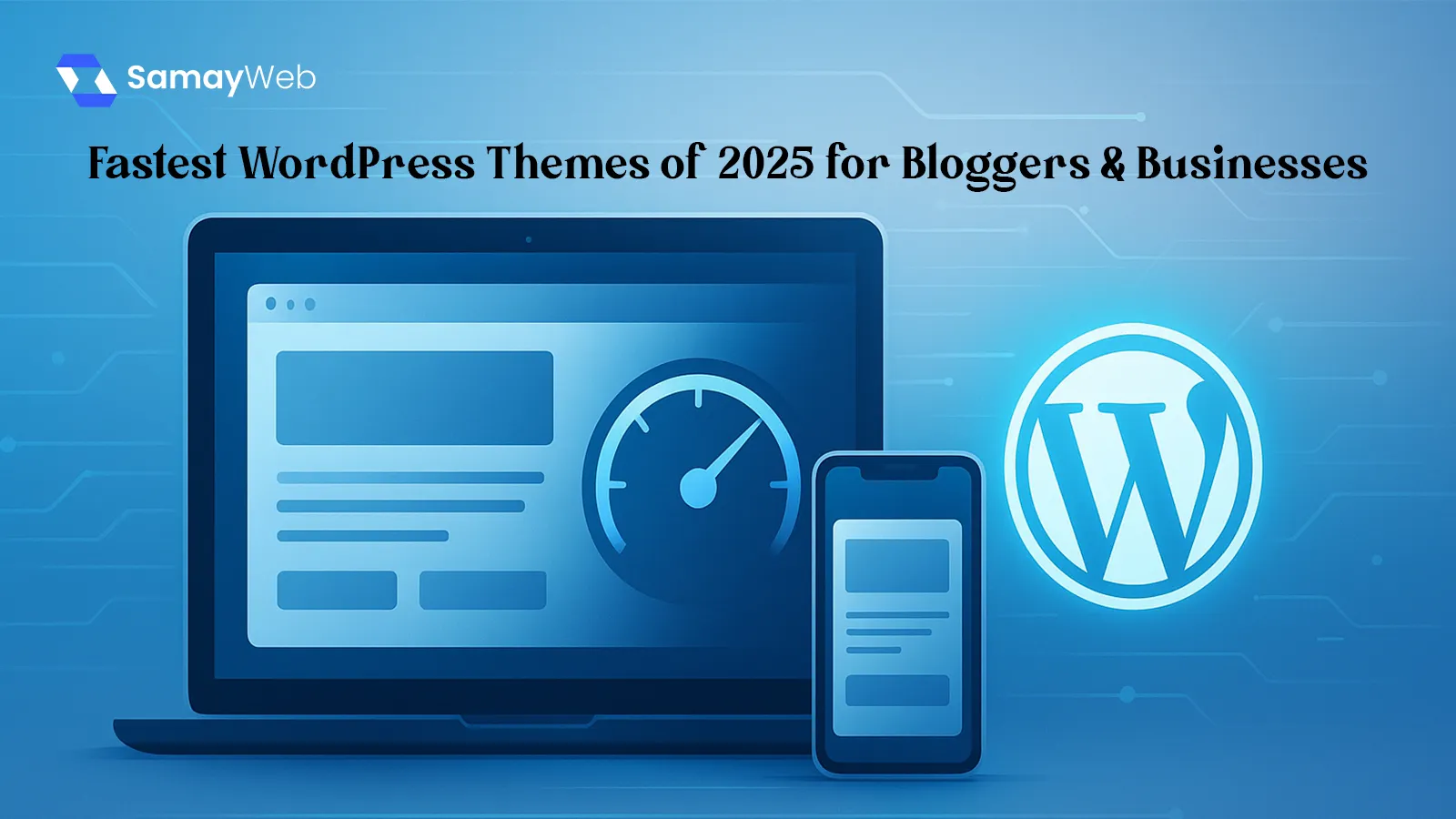Introduction
The fashion industry continues to evolve at lightning speed, and fashion websites in 2025 are bolder, faster, and more immersive than ever. From sleek eCommerce stores to editorial experiences that feel like digital magazines, these fashion brands are setting the tone for modern web design and customer experience.
Below are 10 of the best fashion websites you must check out in 2025 — each offering something unique in aesthetics, storytelling, and digital innovation.
10 Best Fashion Websites Designs to Checkout

Gucci’s website continues to be a benchmark in digital luxury. In 2025, the brand has doubled down on immersive visuals and interactive experiences. High-quality video content, editorial-style product displays, and fluid navigation make it a fashion-forward masterpiece. The homepage now adapts in real-time based on product launches and campaigns, offering a curated user journey that blurs the line between eCommerce and fashion journalism.
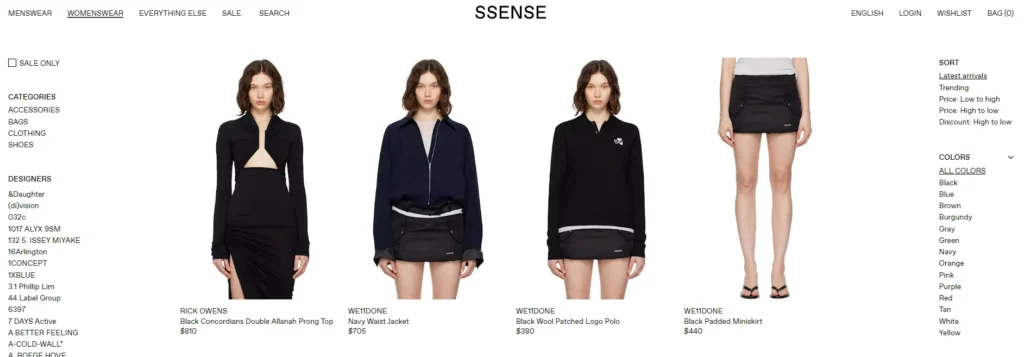
SSENSE remains a leader in avant-garde design and high-fashion eCommerce. The 2025 iteration brings editorial storytelling front and center, integrating fashion content, cultural commentary, and shopping seamlessly. With minimalist design, lightning-fast performance, and a bold use of whitespace, SSENSE’s layout allows products and stories to breathe. The multi-language, multi-currency support also makes it a global favorite.
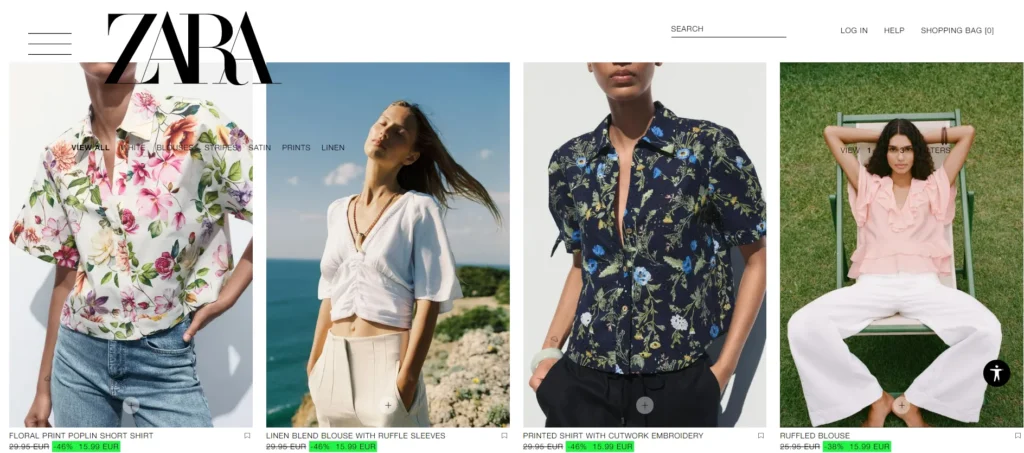
Zara has revamped its online presence in 2025 with AI-powered recommendations and an intuitive mobile-first approach. The clean grid design, ultra-fast product filters, and AR-powered “try before you buy” features make the user experience top-notch. Zara also incorporates real-time stock indicators and sustainability insights on each product page — catering to the modern conscious consumer.
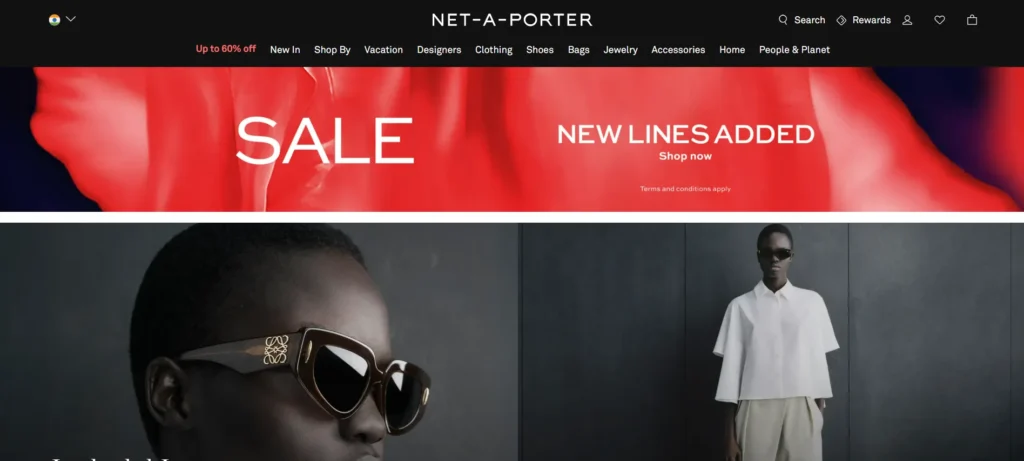
This iconic luxury retailer continues to dominate with a refined digital experience. In 2025, Net-a-Porter showcases its editorial authority with trend guides, designer spotlights, and shoppable video lookbooks. The site’s elegant typography and structured layout deliver a premium experience that mirrors a luxury fashion magazine. Their “Shop the Look” feature is now powered by AI styling tools, offering curated outfit suggestions.
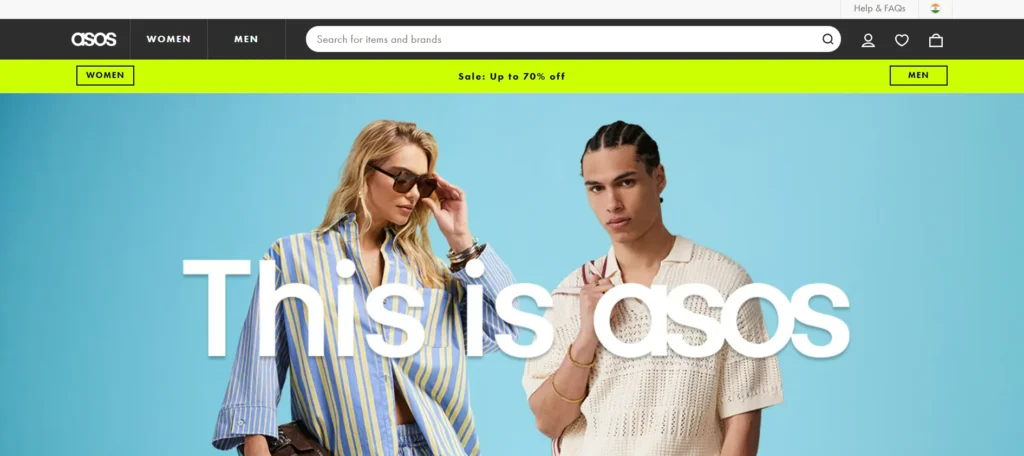
Known for catering to a younger demographic, ASOS’s 2025 website offers vibrant colors, dynamic UI animations, and highly engaging content. The platform shines in personalization — using browsing behavior to suggest fashion styles, edits, and even size recommendations. ASOS has integrated virtual styling sessions via video chat and a fashion quiz to guide users toward personalized wardrobes.
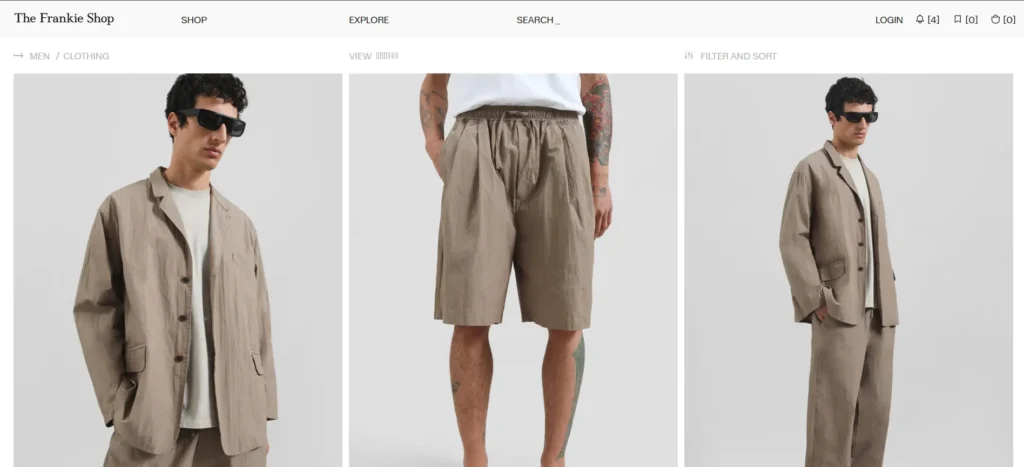
Minimal, chic, and effortlessly cool — The Frankie Shop’s website is a lesson in understated luxury. Their 2025 site uses large visuals, a muted color palette, and clear calls to action that emphasize a seamless shopping experience. With elevated product photography and simplified navigation, it aligns with the brand’s aesthetic identity perfectly. The mobile interface is especially strong, with swipeable lookbooks and gesture-based controls.
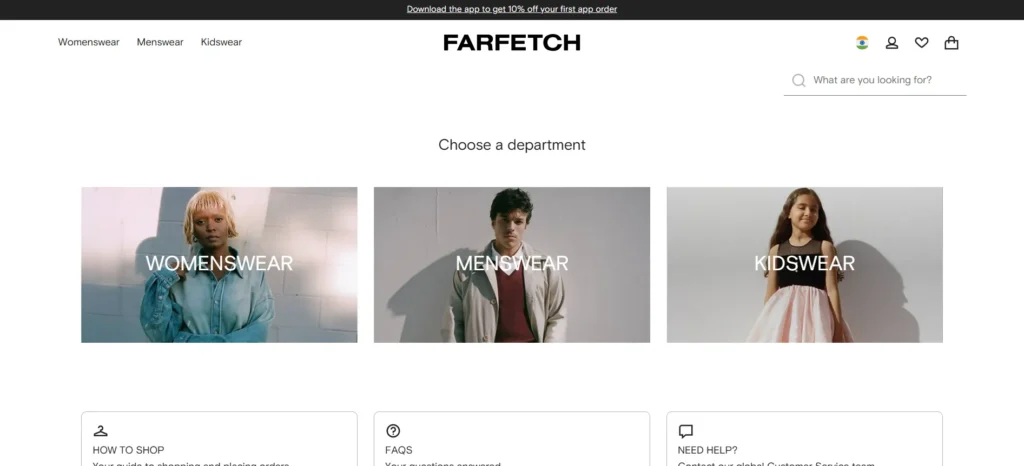
In 2025, Farfetch continues to lead the way with a marketplace-style approach to luxury fashion. The website integrates new sustainability metrics, AI-driven search, and localized content that adjusts based on user region and language. Farfetch’s design balances global scalability with a boutique shopping experience. Their “Pre-Owned” and “Conscious Edit” sections are beautifully designed and easy to navigate.
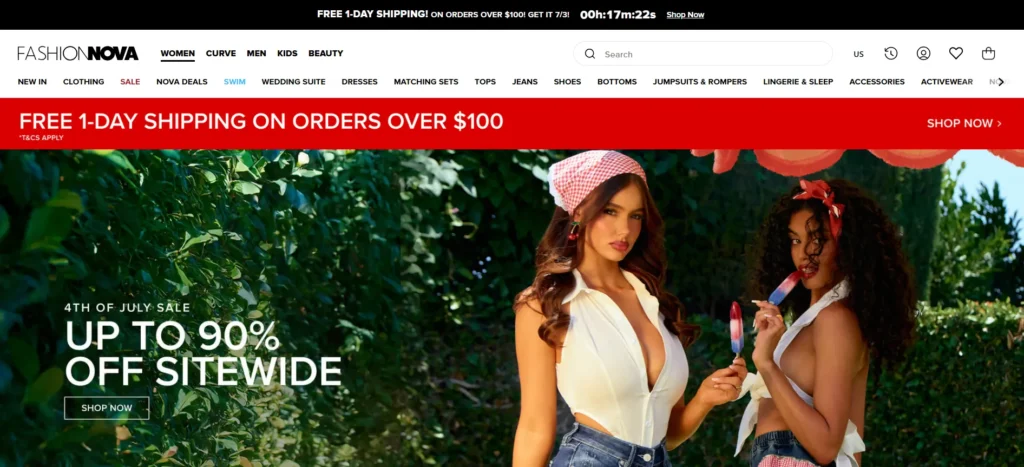
Fast fashion at its most optimized, Fashion Nova’s 2025 website is all about speed and social integration. With TikTok-inspired layouts, influencer-powered campaigns, and real-time product restock alerts, it keeps pace with a young, trend-hungry audience. Their homepage carousel promotes daily deals and hot drops, while the product pages offer user-generated content in the form of styling videos and selfies.
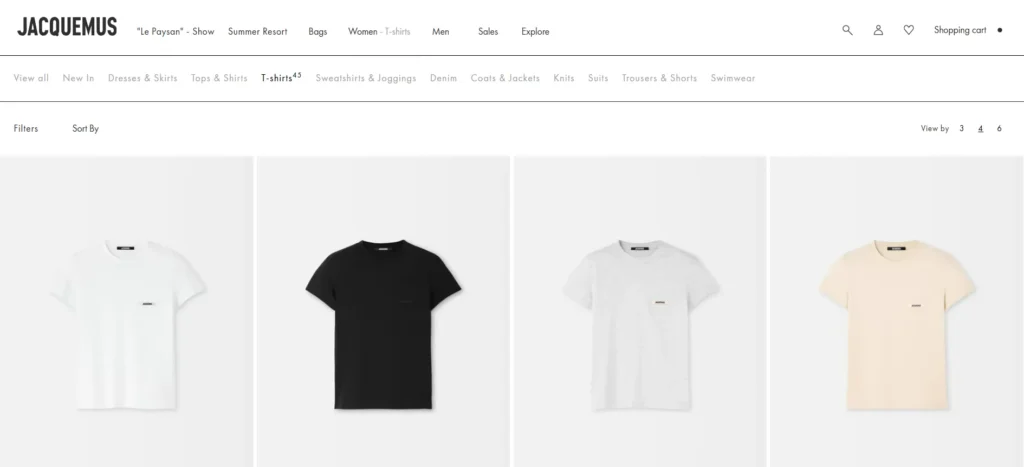
Jacquemus brings an artistic flair to digital fashion. Their 2025 website is an exploration of minimalism and French elegance, with wide open spaces, oversized typography, and conceptual photography. Navigation is poetic, not utilitarian — reflecting the designer’s whimsical brand voice. It’s less about commerce, more about experience — yet it still manages to sell products effectively through immersive editorial storytelling.
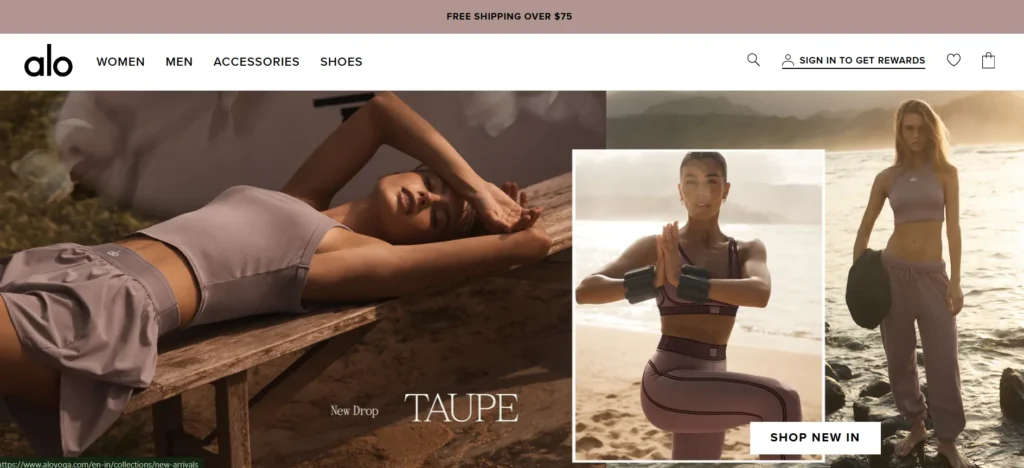
Alo Yoga has transformed from an activewear label into a global lifestyle brand, and its 2025 website is a reflection of that evolution. Combining fashion, wellness, and community, the site offers far more than just product pages — it’s an immersive digital hub designed for both inspiration and conversion.The homepage blends high-energy visuals with calming tones, promoting not only their apparel but also mindfulness content, fitness programs, and wellness events. With smart, AI-powered content modules, visitors are guided through curated collections based on lifestyle goals like “Studio to Street,” “Zen Essentials,” or “Travel Light.”
Conclusion
In 2025, the best fashion websites go far beyond beautiful visuals. They merge design, technology, and storytelling to create compelling, customer-centric experiences. Whether you’re looking for luxury inspiration or fast-fashion efficiency, these fashion brands set the bar high for creativity and usability. Designers, eCommerce startups, and digital marketers can learn a lot from how these platforms blend aesthetics with user experience and innovative functionality.
Frequently Asked Questions
What makes a fashion website great in 2025?
A great fashion website in 2025 prioritizes mobile-first design, fast load speed, personalized content, immersive visuals, and interactive elements like AR or AI styling tools. It should blend design with functionality to create an intuitive and engaging shopping journey.
What are the top fashion eCommerce trends in 2025?
Key trends include AI-driven personalization, virtual try-ons, editorial-style layouts, video content integration, sustainability-focused shopping filters, and voice-activated search.
How can I design a successful fashion website?
Focus on clear navigation, high-quality visuals, mobile optimization, fast loading times, and strong branding. Integrating user-generated content, influencer marketing features, and seamless checkout can also improve conversion rates.

